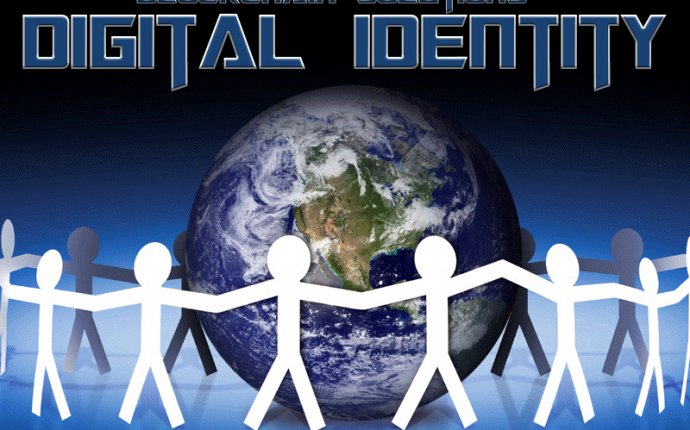
Using blockchain to prove identity
 Refugees often have their IDs confiscated when they leave their country of origin. Without proof of citizenship, they find themselves in legal limbo. Their problems are compounded by having bank accounts confiscated when they leave their home country.
Refugees often have their IDs confiscated when they leave their country of origin. Without proof of citizenship, they find themselves in legal limbo. Their problems are compounded by having bank accounts confiscated when they leave their home country.
After crossing borders, migrants often lack access to economic and social infrastructures, including the global banking system.
Asylum Destinations Pressed
Blockchain technology can address most of these issues, Warden noted. A common ledger like blockchain allows every party to view information the same way that multiple users can work on shared computer documents.
Should a refugee arrive from Syria in Greece, the border officials could check their identity on the ledger housing the refugee’s ID and even their biometric information. The ledger is tamper proof, meaning the refugee’s account of who they are, where they have been and who they know can be verified.
Empowering Refugees
The refugee could choose to reveal only as much about themselves as needed for the transaction they undertake.
With blockchain technology, refugees would have more access to the banking system, but banks would be less critical to refugees. Relief organizations would be able to wire funds to refugees immediately and directly in the form of vouchers or tokens. With no middlemen, more of the money would go to the person in need.
Various initiatives have attempted to apply blockchain technology to the Syrian crisis.
Bitnation has tried to help Syrian refugees, but its success has been compromised since most retailers in the region don’t accept bitcoin. Another project called NevTrace has recently tried to help Syrian refugees, but it’s very new. Relief organizations nonetheless could wire funds to people directly using blockchain technology.
Blockchain Not A Panacea
Blockchain technology does not prevent terrorism financing or money laundering, Warden noted. A fake identity can enter the blockchain ledger. Banks have to prevent such problems with Know Your Customer programs. Such programs will become easier with third-party verification measures.
Nonetheless, the blockchain is a widely distributed system that enables verifiable and easily obtained information about individuals, their transactions and movements. It can hedge against political turmoil and enable a refugee to maintain power and dignity of proven identity, despite the political collapse of their nation’s government and their physical circumstances.









